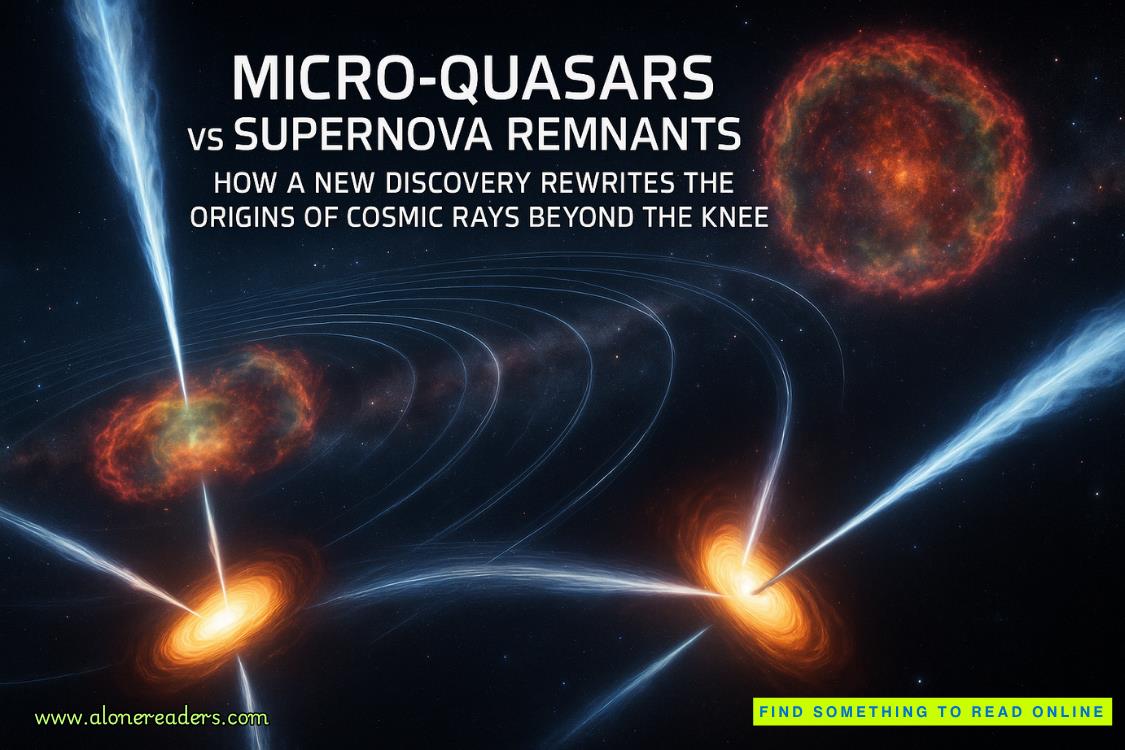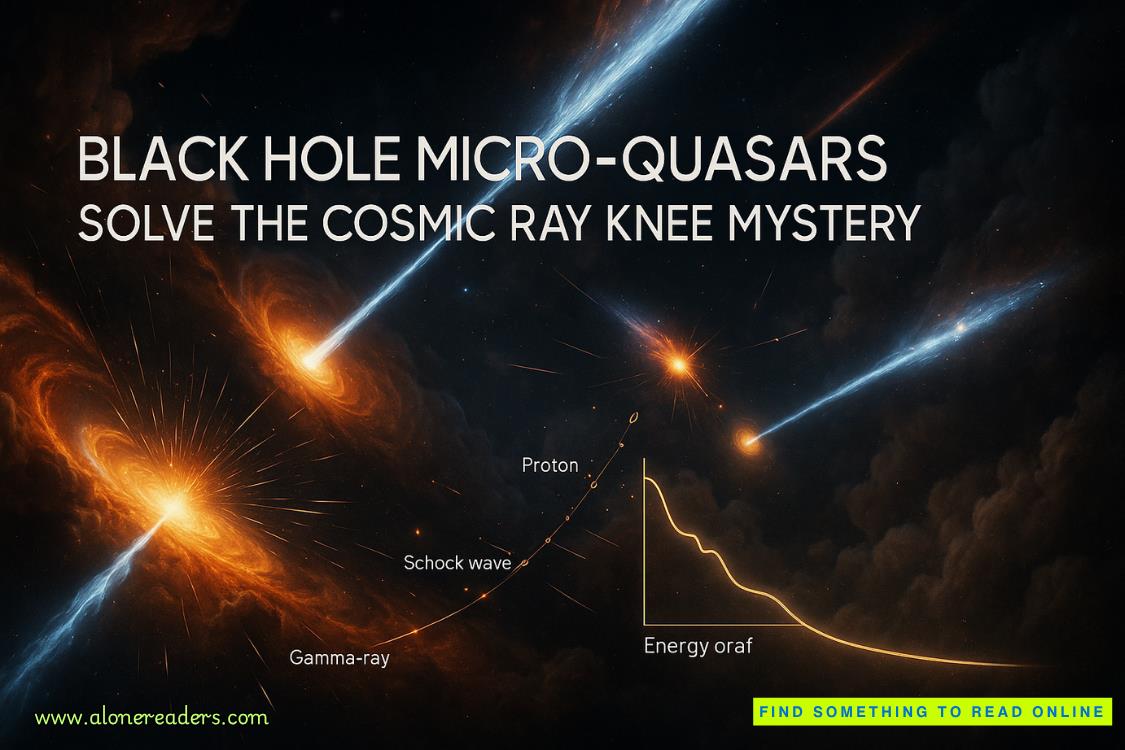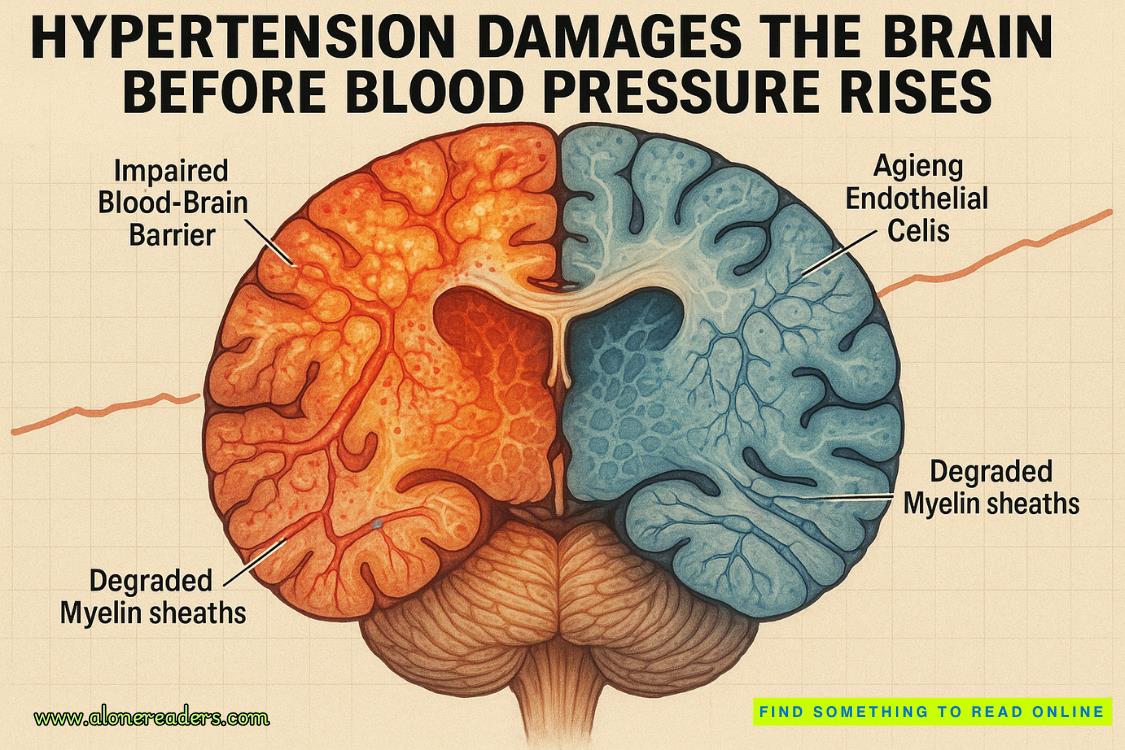Page 55 of The Angel Maker
But Shaw did not know the true nature of the transaction. He had no understanding of what had gone wrong.
And no idea what was necessary to put it right.
“That will be fine,” Leland said. “Will you take care of the other matter?”
“Of course, sir.”
“Thank you, Mr. Banyard. Please close the door on your way out.”
The man gave a curt nod and did so.
One, two, three.
With a thrill running through him, Leland began dancing again. And as he continued to waltz around the empty room, bathed in the flickering light of the handheld atrocities playing out on the screen, his arms no longer seemed quite as empty as they had before.
It felt more than ever like a ghost was there dancing with him.
PART THREE
Twenty
Light from the old projector flickers around the lecture theater. Ahead of him, curved rows of seating rise toward the door at the back of the room. The black shapes of students are dotted here and there in the darkness.
It is October 26, 1984, and Alan Hobbes has the devil at his back.
He glances behind him at the painting displayed on the screen:Tartini’s Dream, by Louis Léopold Boilly. It depicts Giuseppe Tartini in his bed, asleep but responding with visible reverence to music played by the devil, who is perched half on the bed and half on a plume of smoke. When the composer woke, he was inspired to write his Violin Sonata in G Minor—the Devil’s Trill—and then spent his life frustrated by the disparity between his own composition and the perfect music he had once heard in a dream.
Hobbes always uses the picture for this lecture.
He turns back, and his voice echoes around the auditorium.
“There are many objections one can raise to Laplace’s demon,” he says. “We have already discussed possible difficulties created by quantum theory and thermodynamics.”
He pushes his glasses back up his nose.
“But.We should note that neither objection helps with the problemof free will. On that level, you are still—and forgive me for using obscure scientific terminology here—completely screwed.”
A ripple of laughter goes through the theater. Hobbes pauses to allow it, enjoying it, but a moment later his attention is drawn to the back of the room. He watches as the door opens and a figure enters the room, silhouetted against the light there for a few seconds before quietly taking a seat in the back row.
There you are.
Hobbes realizes his mouth is dry.
There is water on the table, and he takes a sip.
“However,” he continues. “We have ten minutes left in which I want to explore the problem from a different angle. Because there is another reason Laplace’s demon is impossible.”
The notion is a complicated one, but he has given this lecture many times now and has done his best over the years to refine the explanation and make it as clear as he can.
“As we know,” he tells them, “Laplace’s demon theoretically knows the exact state of everything in the universe, meaning that it can see—laid out before it—everything that will come to pass.”
However, he explains, the problem is that if Laplace’s demon were a part of our universe, then its thought processes wouldalsobe part of the universe. It would need to take those into account. Which means that the experiment would become endlessly self-referential, with cause and effect crumpling in on themselves the way a star collapses into a black hole.
“The only way it could work,” he says, “is if Laplace’s demon existedoutside the world—somewhere completely distinct from the space and time we occupy, and yet somehow capable of observing it. And if that were the case… well, I believe we already have a different word for such a being.”
He pauses again, taking the opportunity to look around the theater. Even in the darkness, he has become attuned to signs of confusion and misunderstanding in his students, and he checks for them now. His heart is beating a little faster than it normally would, and he’s aware he fudged a few of his lines.
He avoids looking directly at the shadowy latecomer in the back row.















